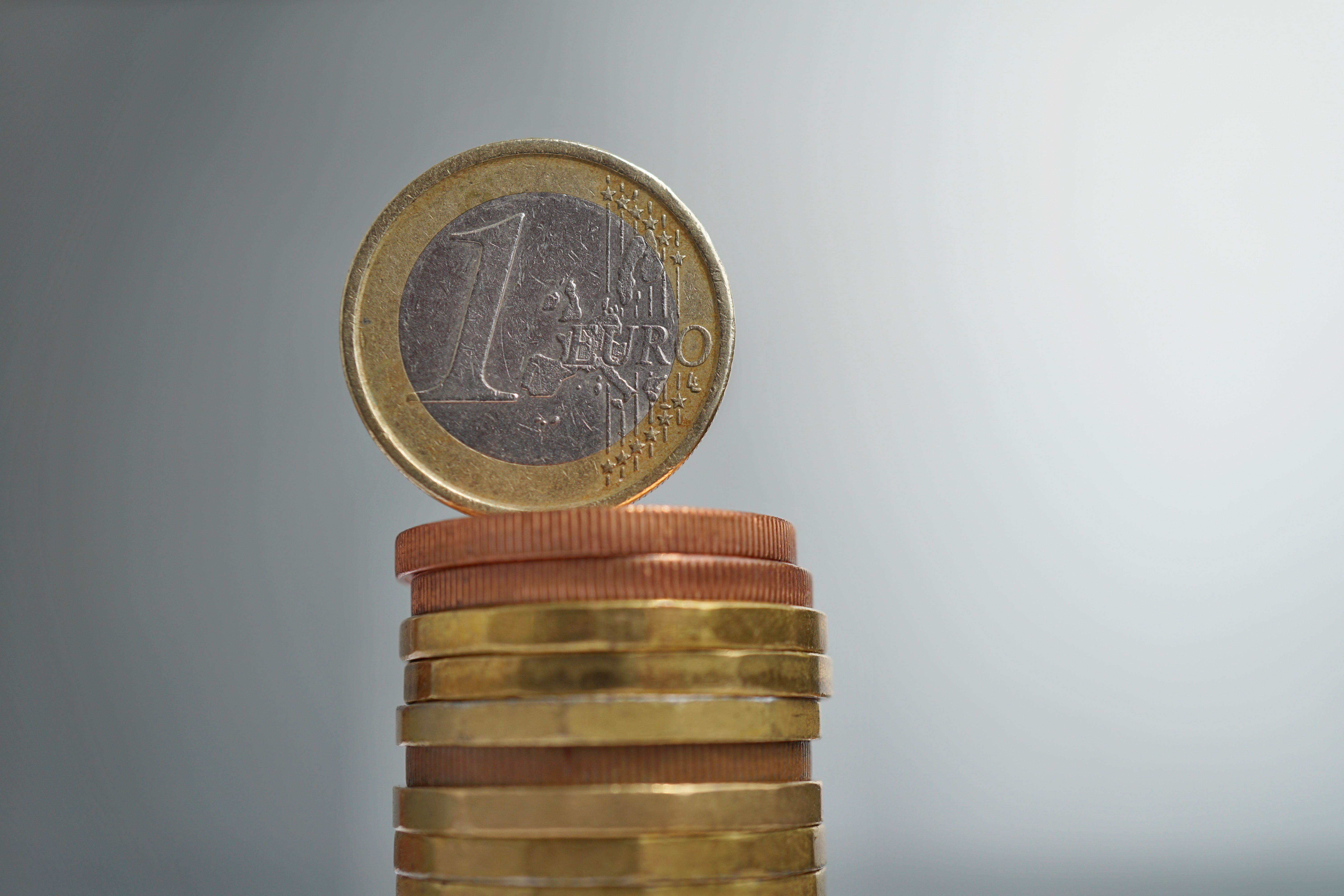Should You Buy Colorized & Gilded Silver Coins?
Are Gilded & Colorized Silver Coins Worth Adding to Your Collection?
There’s something to be said for the natural allure of silver coins. These coins have a wide appeal, since they’re fairly basic and widely accepted by collectors and sellers. However, an increasing selection of colorized and gilded coins is available. Sold at a higher premium and often created after they’re minted, these coins are gaining popularity among buyers, collectors, and dealers. Take a moment to learn more about these silver masterpieces from the precious metals experts from First National Bullion, the silver and gold dealers San Diego collectors rely on for outstanding quality and service.
What Are Colorized Coins?
These coins have special paint or finish added to increase their appeal. Some have a holographic effect, while others have an enamel finish. A popular example is the best-selling American Eagle silver coin. With these coins, the flag behind the Statue of Liberty is painted red, white, and blue, and the sun has a mix of yellow and orange added to it.
What Are Gilded Coins?
Gilded, or layered, coins normally have a thin gold coating or other special design features. Some silver coins have gilded features on one side, while other coins like the Australian Silver Philharmonic coin have these features on both sides. Oftentimes, the coating is added to emphasize the design.
Who Makes These Coins?
Sovereign mints usually don’t make these coins. The Royal Canadian Mint is the only sovereign mint that makes colorized and gilded coins. Private mints sometimes make these coins as well. The Perth Mint of Australia and the New Zealand Mint in Auckland are major mints that make colorized and gilded coins, and the German company Emporium Hamburg is another top producer of colorized and gilded coins. The U.S. Mint allows some of its coins to be altered after production with special design features.
Are These Coins Valuable?
Beauty is often in the eye of the beholder. In other words, some collectors prefer original silver coins with no special coloring or gilding. Others, however, appreciate the added design features. Popular options include the American Silver Eagle and the Canadian Silver Maple Leaf because of the purity of the silver. With gilded coins, the gold added is so minimal it adds no real value to the coins, even though it’s 24-karat gold.
Should You Buy Colorized or Gilded Silver Coins?
It’s a matter of personal preference. Some collectors prefer the added touches, while others feel it’s akin to altering a Rembrandt painting by changing a few things here and there. The designs may or may not add value to the coin, depending on what other buyers prefer if you plan to sell what you have in your collection in the future. It’s ultimately the quality of the coin that matters most to buyers or collectors. Do your research and see what’s available. If you have concerns about whether adding colorized or gilded coins will make a difference in your investment portfolio, talk with a precious metals professional who is familiar with different types of coins.
Whether you’re a veteran coin collector or you’re simply looking to sell your old silver coins, reach out to the experts at First National Bullion. In addition to buying and selling coins, we also offer a huge selection of gold, platinum, and silver bars. San Diego collectors who are looking for the finest-quality coins, bars, and bullion should give us a call to speak with one of our precious metals experts.
The statements made in this blog are opinions, and past performance is not indicative of future returns. Precious metals, like all investments, carry risk. Precious metals and coins may appreciate, depreciate, or stay the same in cash value depending on a variety of factors. First National Bullion does not guarantee, and its website and employees make no representation, that any metals for sale will appreciate sufficiently to earn the customers a profit. The decision to buy, sell, or borrow precious metals and which precious metals to purchase, borrow, or sell are made at the customer’s sole discretion.


